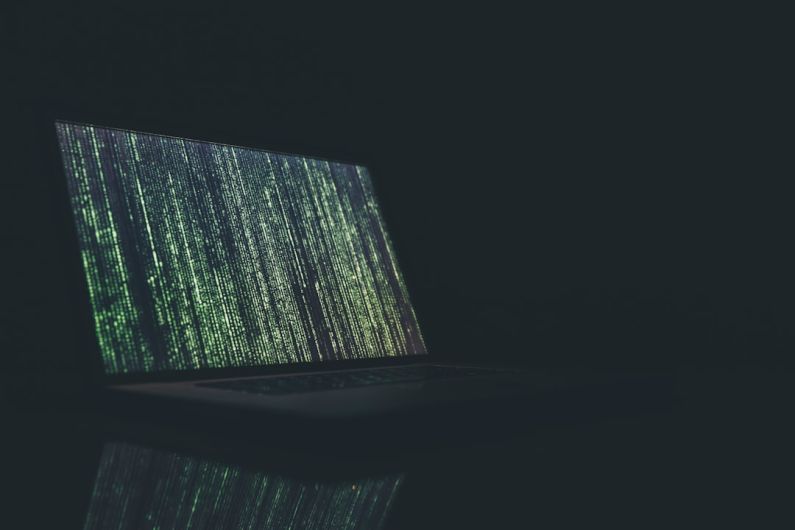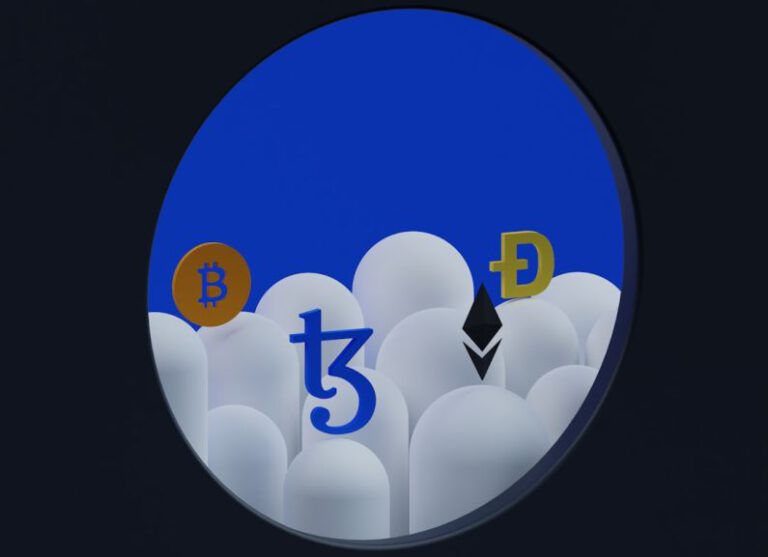Protecting Against Ai-powered Hacks: the Next Frontier in Cybersecurity
In the ever-evolving landscape of cybersecurity, the emergence of AI-powered hacks poses a significant threat to individuals, businesses, and organizations worldwide. As artificial intelligence technology continues to advance, cybercriminals are leveraging its capabilities to orchestrate sophisticated and targeted attacks that traditional security measures may struggle to defend against. Protecting against these AI-powered hacks represents the next frontier in cybersecurity, requiring innovative approaches and strategies to stay one step ahead of cyber threats.
Understanding the Threat of AI-Powered Hacks
AI-powered hacks represent a formidable challenge for cybersecurity professionals due to the speed, accuracy, and adaptability of artificial intelligence systems. These advanced tools can automate various stages of an attack, including reconnaissance, exploitation, and exfiltration of sensitive data, enabling cybercriminals to launch large-scale and highly targeted campaigns with minimal human intervention. By leveraging machine learning algorithms, AI can continuously learn and evolve its tactics, making it increasingly difficult for traditional security solutions to detect and mitigate these threats effectively.
The Rise of AI in Cyber Attacks
With the proliferation of AI technology, cybercriminals are increasingly incorporating AI-powered tools and techniques into their attack strategies. One of the most concerning aspects of AI-powered hacks is the potential for these systems to autonomously identify vulnerabilities in target systems, launch coordinated attacks, and adapt in real-time to evade detection by security mechanisms. From sophisticated phishing campaigns to AI-generated malware, cybercriminals are leveraging AI to enhance the effectiveness and efficiency of their malicious activities, posing a significant challenge to defenders.
Challenges in Detecting AI-Powered Threats
Detecting and mitigating AI-powered threats present unique challenges for cybersecurity professionals. Traditional security solutions that rely on rule-based systems or signature-based detection methods may struggle to identify and respond to AI-generated attacks effectively. AI-powered malware, for example, can dynamically alter its code and behavior to evade traditional antivirus software, making it difficult to detect using conventional security measures. As cybercriminals continue to refine their AI-powered tactics, defenders must adapt their strategies to keep pace with evolving threats.
Protecting Against AI-Powered Hacks
To effectively protect against AI-powered hacks, organizations must adopt a multi-faceted and proactive approach to cybersecurity. Implementing advanced threat detection technologies, such as AI-driven anomaly detection and behavior analytics, can help organizations identify suspicious activities and potential threats in real-time. By leveraging AI and machine learning algorithms, defenders can analyze vast amounts of data to detect patterns, anomalies, and indicators of compromise that may signal an ongoing attack.
Furthermore, organizations should prioritize security awareness training for employees to educate them about the risks of AI-powered attacks and the importance of practicing good cybersecurity hygiene. Phishing simulations, social engineering exercises, and regular security updates can help employees recognize and report suspicious activities, reducing the likelihood of falling victim to AI-driven scams and attacks. Building a strong cybersecurity culture within the organization is essential to create a human firewall that can complement technical defenses against AI-powered threats.
Embracing Collaboration and Information Sharing
In the face of escalating cyber threats, collaboration and information sharing among cybersecurity professionals, industry partners, and government agencies are crucial for staying ahead of AI-powered hacks. By sharing threat intelligence, best practices, and lessons learned, organizations can collectively strengthen their defenses and enhance their ability to detect and respond to emerging threats. Cross-sector partnerships, industry alliances, and threat sharing platforms can facilitate collaboration and cooperation in the fight against cybercrime, creating a united front against AI-powered adversaries.
The Future of Cybersecurity in the Age of AI
As AI technology continues to advance, the cybersecurity landscape will undoubtedly face new challenges and threats from AI-powered attacks. Defenders must remain vigilant, adaptive, and innovative in their approach to cybersecurity to effectively protect against evolving cyber threats. By embracing cutting-edge technologies, fostering a culture of security awareness, and promoting collaboration and information sharing, organizations can fortify their defenses and mitigate the risks posed by AI-powered hacks. The future of cybersecurity in the age of AI hinges on the collective efforts of defenders to stay one step ahead of cyber adversaries and safeguard the digital ecosystem from emerging threats.






